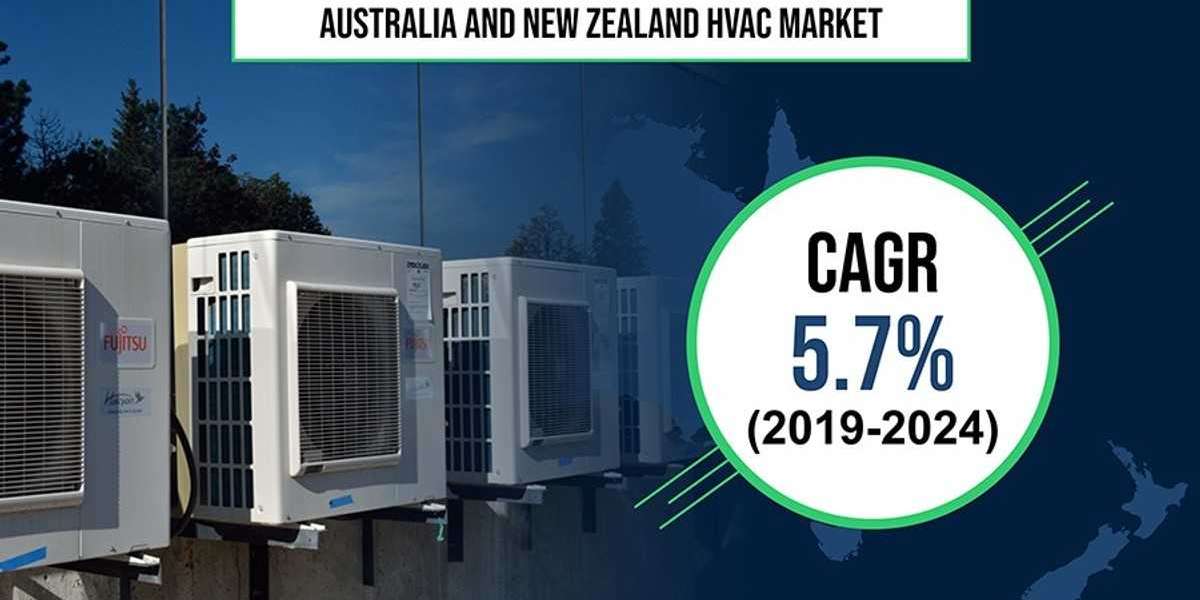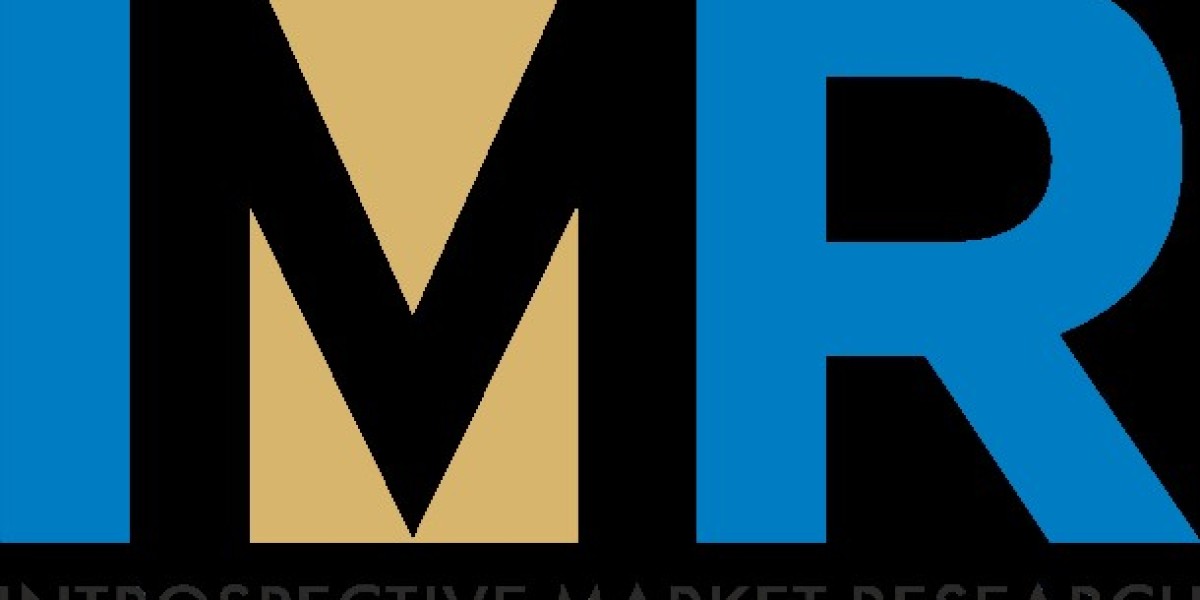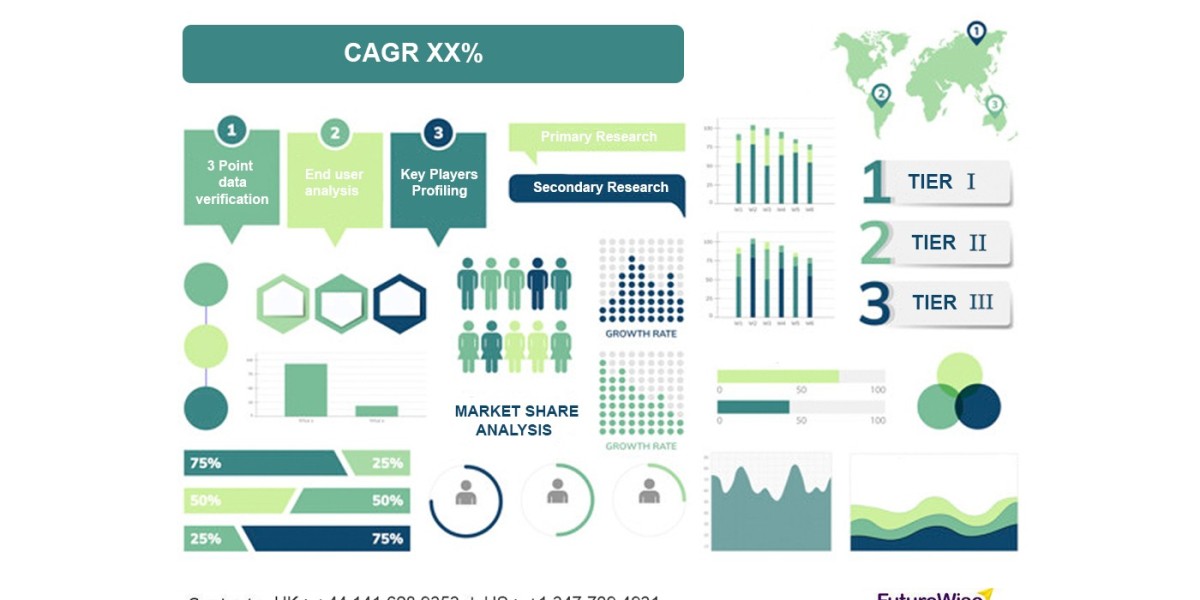The Australia and New Zealand heating, ventilation, and air conditioning (HVAC) market attained a valuation of $2.3 billion in 2018 and is predicted to generate a revenue of $3.2 billion by 2024. Furthermore, the market will exhibit a CAGR of 5.7% between 2019 and 2024, as per the market research company, PS Intelligence. The burgeoning requirement for HVAC systems in various residential applications and the expansion of the construction industry are the main factors fueling the market advancement.
Besides the aforementioned factors, the surging population of geriatric people, the soaring industrial production, and the booming real estate industry are also propelling the advancement of market. Additionally, the implementation of various government standards and regulations is boosting the sales of HVAC systems in Australia and New Zealand. The enactment of various policies by the Australian government for reducing the emission of greenhouse gases by 5% in 2020 is massively propelling the sales of HVAC equipment in the country.
The Australian government also aims to reduce greenhouse gas emissions by as much as 26–28% by 2030. The building of net zero energy buildings (NZEB), that consume as much energy as they generate onsite through various renewable resources, is one of the important factors responsible for the surging requirement for HVAC systems in Australia. Depending on HVAC type, the Australia and New Zealand HVAC market is divided into heating, ventilation, and cooling categories.
Out of these, the cooling category recorded the highest growth in the market during the past few years and is predicted to exhibit rapid expansion in the coming years as well. This will be because of the temperate climate of this country, on account of the presence of ocean currents. Apart from this, several other factors such as the escalating pollution levels and global warming are also fueling the sales of energy-efficient cooling systems in these countries.
When heating equipment is taken into consideration, the market is classified into heat pumps, unitary heaters, boilers, and furnaces. Out of these, the heat pumps category registered the highest growth in the market in the past years. The high compatibility of these systems with several sources, their high operational efficiency, and their ability to produce low thermal loss are the main factors driving the advancement of this category in the market.
Based on commercial HVAC segment, the Australia and New Zealand HVAC market is categorized into hospitality, offices and buildings, supermarkets/hypermarkets, transportation, institutions, and healthcare. Out of these, the offices and buildings category recorded the highest growth in the market in the years gone by. This was because of the rapid construction of several offices and buildings, on account of the surging population, in various urban areas such as cities and towns of these countries.
Hence, it can be safely said that the market will demonstrate rapid advancement in the forthcoming years, primarily because of the rising urbanization, the growing requirement for HVAC equipment in commercial and residential applications, the implementation of favorable government policies, and the expansion of the real estate industry.



